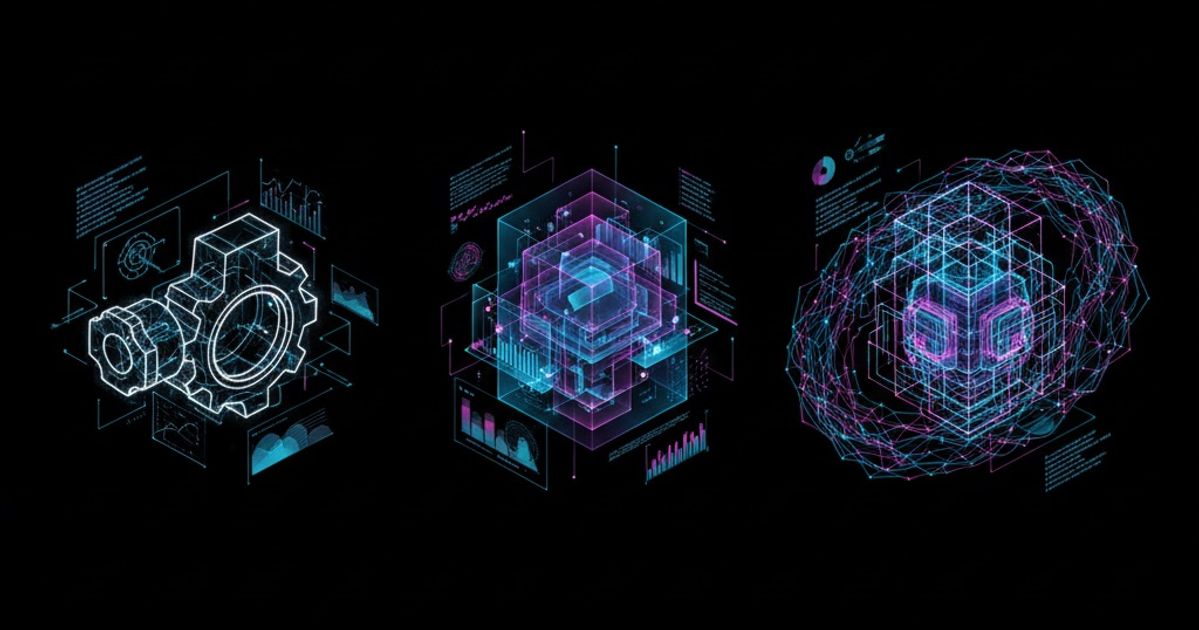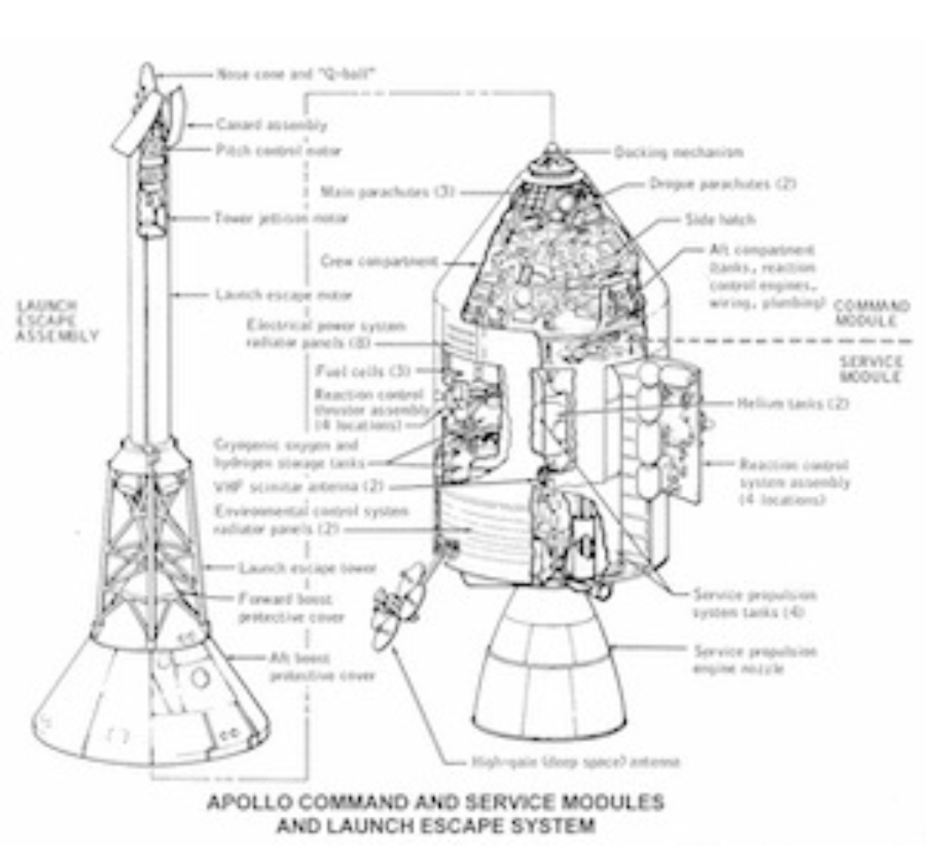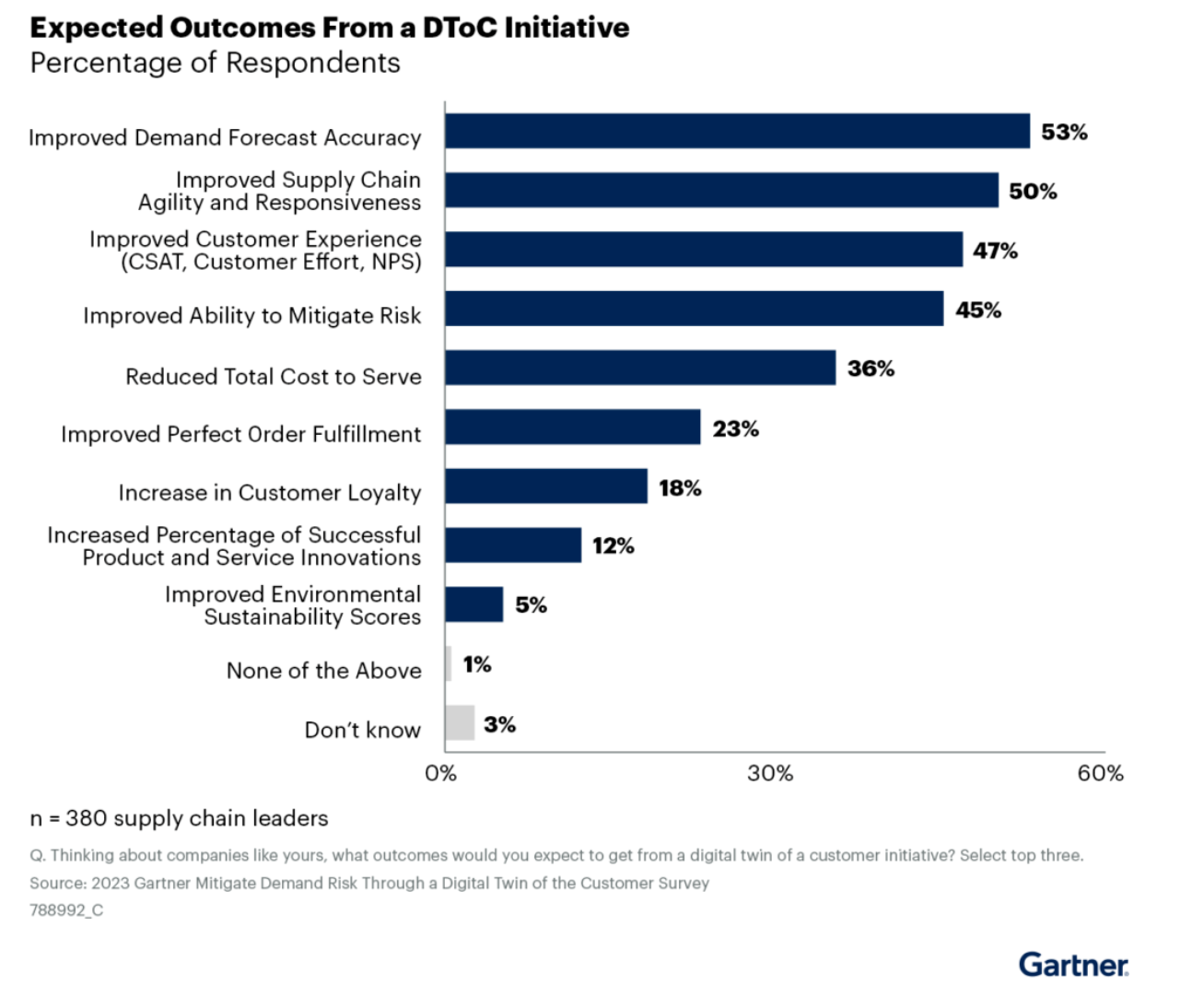The History and Development of Digital Twins

Introduction
Imagine a world where you can simulate, predict, and perfect any product, system, or process without ever touching it in the real world. This is the revolutionary promise of digital twins, a concept that started as a glimmer in the minds of forward-thinking engineers and has now exploded into a game-changing technology across industries. The journey from its roots in early computer-aided design to its sophisticated modern applications is nothing short of a technological odyssey.
Today, digital twins are not just static simulations. They are dynamic, real-time, continuously evolving entities that accurately mirror their physical counterparts. From aerospace to automotive and healthcare to smart cities, digital twins are pushing the boundaries of what we can achieve, making it possible to predict failures, optimize performance, and innovate like never before.
As we delve into the history and development of digital twins, prepare to be amazed by how this technology has reshaped industries and opened up a new frontier of possibilities, proving that the virtual realm can indeed hold the key to mastering the physical world.
The History of Digital Twins
The concept of the digital twin has its roots in the early days of digital and computer-aided design (CAD) technologies. However, the term "digital twin" was first coined by Dr. Michael Grieves at the University of Michigan in 2002. Grieves proposed the digital twin model as part of product lifecycle management (PLM), envisioning a virtual representation of a physical product that would evolve with its physical counterpart.
Early Foundations

Before Grieves' formalization, the fundamental idea behind digital twins can be traced back to the 1960s and 70s, with the advent of simulations and virtual modeling in the aerospace and defense industries. Engineers used primitive digital models to simulate the behavior and performance of physical systems under various conditions. For instance, NASA employed digital models during the Apollo missions to replicate and analyze the performance of spacecraft systems.
Development in the 21st Century
The early 2000s saw significant advancements in computing power, data storage, and connectivity, pivotal in making digital twins a practical reality. Grieves' 2002 model introduced the three main components of a digital twin: the physical product, the virtual product, and the connected data that link them. This framework laid the groundwork for further developments.
In the subsequent years, industries began to explore the potential of digital twins in various applications. The aerospace and automotive sectors were among the first to adopt these technologies, using digital twins for design optimization, predictive maintenance, and performance analysis. Creating a virtual replica of complex systems allowed engineers to conduct extensive testing and troubleshooting without the constraints of physical prototypes.
Technological Enablers
The rise of the Internet of Things (IoT), big data analytics, and artificial intelligence (AI) in the 2010s significantly accelerated the adoption and sophistication of digital twins. IoT provided the means to collect real-time data from physical objects, while big data analytics and AI enabled the processing and interpreting of this data to generate actionable insights.
By the mid-2010s, digital twins were used across various industries, from manufacturing and healthcare to smart cities and energy. In manufacturing, digital twins allowed for real-time monitoring of production lines, predictive maintenance of machinery, and optimization of supply chains. In healthcare, digital twins of human organs and systems facilitate personalized medicine and advanced diagnostics.
Modern Applications and Future Directions
The ongoing advancements in cloud computing, edge computing, and 5G technology further enhance digital twins' capabilities and scalability. These technologies enable more complex simulations and real-time data processing, making digital twins more accessible and powerful.
Looking ahead, the future of digital twins is poised to be shaped by emerging trends such as augmented reality (AR) and virtual reality (VR), which will provide immersive and interactive ways to engage with digital twins. Additionally, integrating blockchain technology could enhance the security and integrity of data within digital twin ecosystems.
The Need for the Development of the Digital Twin of the Customer
The evolution from the original digital twin concept to the digital twin of the customer (DToC) emerged as advancements in data analytics, AI, and IoT technologies expanded the capabilities of digital twins beyond industrial applications. Creating digital twins of the customer (DToCs) is imperative due to their multifaceted benefits. They enable enhanced personalization by providing deep insights into individual behaviors and preferences, facilitating tailored products, services, and interactions. This personalized approach boosts customer satisfaction, loyalty, and engagement and enhances conversion rates.
Moreover, DToCs revolutionize demand forecasting by utilizing real-time data to predict customer behavior with unprecedented accuracy, optimizing inventory management and reducing waste. Additionally, DToCs elevate the overall customer experience by offering comprehensive views of customer history and preferences, enabling businesses to deliver informed and personalized support.
Furthermore, these virtual representations empower strategic decision-making by identifying trends, understanding customer preferences, and guiding data-driven strategies. Integrating DToCs with advanced technologies such as AI and machine learning enhances their capability for precise targeting, improved customer segmentation, and scalable personalized recommendations, ensuring businesses stay ahead in today's competitive landscape.
Reference to the Gartner Report about the Digital Twin of the Customer
Just recently, an extensive Gartner report stated that most chief supply chain officers (CSCOs) could enhance their digitalization efforts by considering their customers' operations, as revealed by a Gartner Inc. survey. Although many companies are developing digital twins of their supply chains, they often overlook the potential of creating a "digital twin of the customer" (DToC).
According to the January 2023 survey of 380 supply chain leaders, 60% are piloting or planning to implement digital supply chain twins (DSCTs), but only 27% are incorporating DToCs. Gartner defines DToCs as dynamic virtual representations that simulate and anticipate customer behavior, which should complement DSCTs to create a proactive, growth-oriented approach.

Despite the potential benefits, adopting DToCs faces obstacles such as lack of awareness, insufficient digital skills, and concerns over data privacy. Beth Coppinger, senior director analyst at Gartner, emphasized that while supply chain leaders recognize the importance of customer-centric physical supply chains, they have yet to fully apply this understanding digitally. Integrating DToCs with DSCTs could help businesses adapt to changing customer behaviors and support growth.
Reference to the Advertising Week article about the Digital Twin of the Customer.
With the decline of third-party cookies and increasing privacy regulations, marketers need new methods to deliver relevant ads while protecting customer data. The latest innovation is digital twinning of customers (DToC), which creates virtual representations of consumers based on their interactions to predict behavior.
DToCs use first-party data to form dynamic, real-time updated cohorts, leveraging generative AI to ensure privacy compliance by generating synthetic data. This method provides accurate results without compromising personal data.
Examples of DToCs include single-customer digital twins, group digital twins, customer journey twins, product usage twins, and behavior twins, each focusing on different aspects of consumer data. DToCs allow marketers to predict campaign outcomes, saving time and resources by optimizing strategies before launch. They also enhance customer satisfaction by proactively improving the customer journey.
As third-party cookies fade, synthetic cohorts and DToCs are essential for privacy-compliant, adequate audience understanding. Marketers should experiment with DToCs in specific use cases to familiarize themselves with this approach and progressively integrate more data points for sophistication. Embracing DToCs will help marketers address cookie deprecation challenges and deliver personalized, privacy-respecting advertising.
Conclusion
In conclusion, the journey from the inception of digital twins to their current manifestation as essential tools in various industries has been nothing short of transformative. What began as a concept in early computer-aided design has evolved into dynamic, real-time simulations that mirror physical counterparts with unprecedented accuracy. Industries from aerospace to healthcare have embraced digital twins to predict failures, optimize performance, and drive innovation, demonstrating their immense potential to revolutionize processes and decision-making.
Technological advancements like IoT, AI, and blockchain are set forward to enhance digital twins' capabilities further, opening new frontiers in personalized customer experiences and operational efficiencies. As we continue to explore and integrate digital twins into everyday practices, the convergence of virtual and physical realms promises to redefine how we interact with and optimize the world around us.
